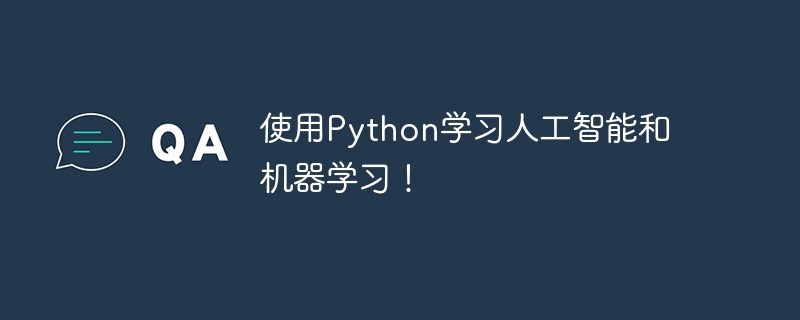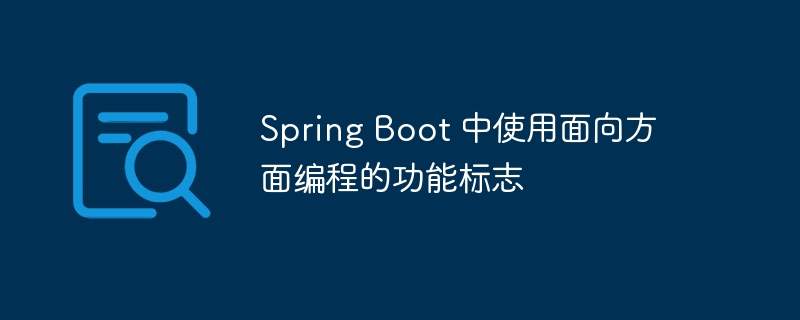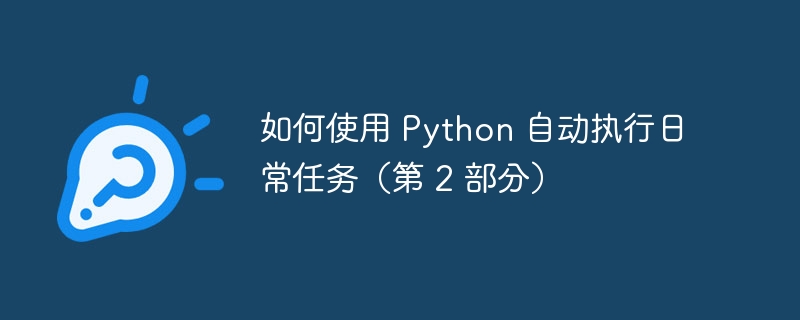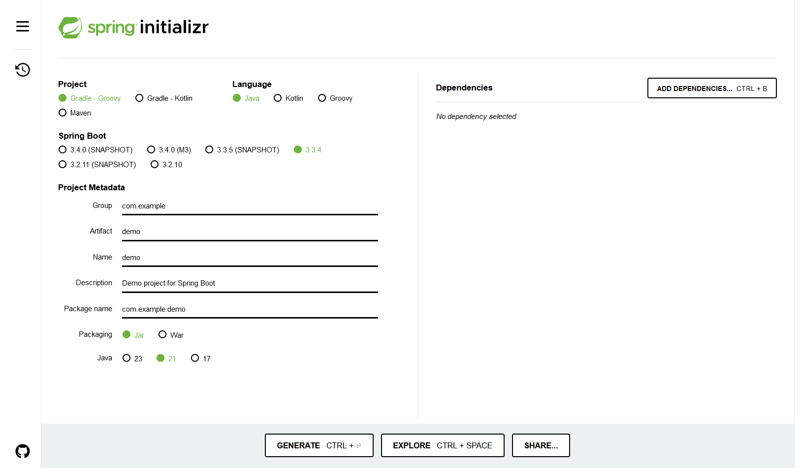
如果您想在 next.js 网站上展示您的 dev.to 博客文章,那么您很幸运! dev.to 提供了一个易于使用的 api,可让您以编程方式获取博客文章。在本指南中,我将向您展示如何将 dev.to 的 api 集成到您的 next.js 应用程序中并动态显示您的博客内容。
让我们开始吧!
1. 设置 next.js 项目
首先,如果您还没有设置一个新的 next.js 项目,请运行:
npx create-next-app@latest my-dev-blog cd my-dev-blog
现在我们已经准备好了 next.js 应用程序,让我们继续获取我们的博客文章。
2. 从 dev.to api 获取博客文章
dev.to api 通过简单的 http 请求提供对您发布的文章的访问。您可以通过点击端点来按用户获取文章:
https://dev.to/api/articles?username=yourusername
为了获取 next.js 应用中的博客文章,我们将使用 swr 库。 swr 是一个流行的数据获取库,旨在让您在 react/next.js 应用程序中轻松获取、缓存和更新数据。
安装 swr:
npm install swr
现在,让我们创建一个实用函数来处理 api 请求:
// src/lib/fetcher.ts
export default async function fetcher(url: string) {
const response = await fetch(url);
if (!response.ok) {
throw new error("failed to fetch data");
}
return response.json();
}
3. 创建博客页面
现在我们有了 fetcher 实用程序,让我们创建一个博客页面来显示您的 dev.to 帖子。
在pages/blog/index.tsx中,使用swr获取并显示博客文章:
import { container, row, col, card, button, badge } from 'react-bootstrap';
import head from 'next/head';
import useswr from 'swr';
import fetcher from '../../lib/fetcher';
import link from 'next/link';
import { formatdistancetonow, parseiso } from 'date-fns';
interface blogpost {
id: number;
title: string;
description: string;
slug: string;
cover_image: string;
tag_list: string[];
reading_time_minutes: number;
published_timestamp: string;
positive_reactions_count: number;
}
const blog = () => {
const { data, error } = useswr<blogpost>('https://dev.to/api/articles?username=yourusername', fetcher);
if (error) return <div>failed to load posts</div>;
if (!data) return <div>loading...</div>;
return (
<title>blog | your name</title>
<container><row><col>
<h1>blog</h1>
<row classname="g-4">
{data.map((post: blogpost) => (
<col md="{4}" key="{post.id}">
<card classname="blog-card" data-aos="fade-up"><card.body><card.title>{post.title.length > 50 ? `${post.title.substring(0, 50)}...` : post.title}</card.title><card.text>{post.description}</card.text><div classname="mb-2">
{post.tag_list.map((tag: string) => (
<badge pill bg="secondary" classname="me-1" key="{tag}">
{tag}
</badge>
))}
</div>
<div classname="text-muted">
<small><i classname="fa-solid fa-clock"></i> {post.reading_time_minutes} min read</small><br><small><i classname="fa-solid fa-calendar-day"></i> {formatdistancetonow(parseiso(post.published_timestamp), { addsuffix: true })}</small><br><small><i classname="fa-solid fa-thumbs-up"></i> {post.positive_reactions_count} likes</small>
</div>
<link href="%7B%60/blog/%24%7Bpost.slug%7D%60%7D" passhref>
<button variant="outline-primary" classname="mt-3">read more</button>
</card.body></card>
))}
</row></row></container>>
);
};
export default blog;
</blogpost>
4. 添加动态博客页面
next.js 提供动态路由,允许您为每个博客文章生成单独的页面。让我们创建一个动态路由来显示每个帖子。
创建一个名为pages/blog/[slug].tsx的文件:
import { userouter } from 'next/router';
import useswr from 'swr';
import { container, row, col, card, button } from 'react-bootstrap';
import head from 'next/head';
import image from "next/image";
import fetcher from '../../lib/fetcher';
const blogpost = () => {
const router = userouter();
const { slug } = router.query;
const { data, error } = useswr(slug ? `https://dev.to/api/articles/yourusername/${slug}` : null, fetcher);
if (error) return <div>failed to load the post</div>;
if (!data) return <div>loading...</div>;
return (
<title>{data.title} | your name</title><container><row><col>
<div classname="section-title">
<h1>{data.title}</h1>
<p>{data.readable_publish_date}</p>
</div>
<section>
{data.cover_image && (
<image src="%7Bdata.cover_image%7D" alt="{data.title}" classname="img-fluid mb-3" width="{1000}" height="{420}" layout="responsive"></image>
)}
<div dangerouslysetinnerhtml="{{" __html: data.body_html></div>
</section><button variant="outline-dark" href="/blog">
back to blog
</button>
</row></container>>
);
};
export default blogpost;
此页面使用 url 中的 slug 获取各个帖子,并使用angerouslysetinnerhtml 安全地使用 html 内容呈现它们。
5. 最后的润色
您现在可以通过运行以下命令启动 next.js 应用程序:
npm run dev
访问 /blog 路线,您应该会看到显示您的 dev.to 博客文章。单击任何帖子都会将您带到单个博客帖子页面。
- 结论 在本教程中,我们学习了如何在 next.js 应用程序中从 dev.to api 获取和显示博客文章。这是将您的 dev.to 内容集成到您的个人网站中的强大方法,同时利用静态网站生成和客户端渲染的优势。
您可以随意进一步自定义此设置、添加分页或改进样式以匹配您网站的设计!
如果您有任何问题或建议,请在评论中告诉我。
以上就是使用 DEVto API 在 Nextjs 中获取博客文章的详细内容,更多请关注php中文网其它相关文章!





